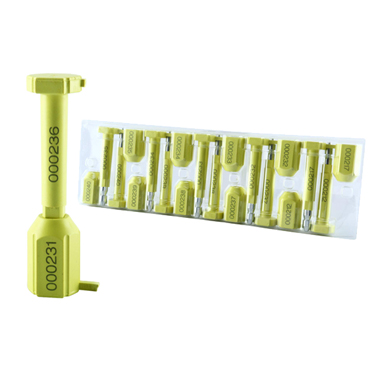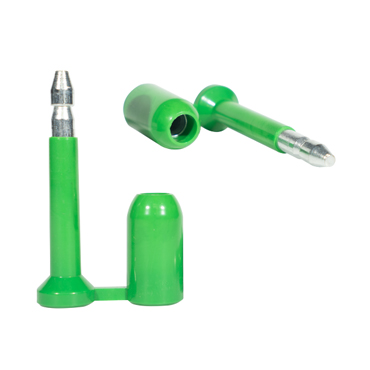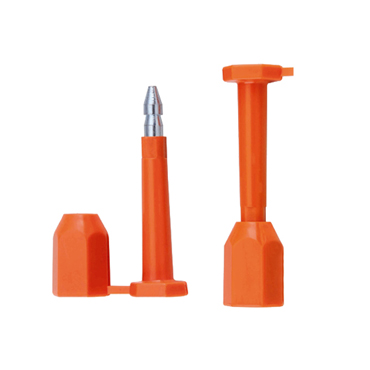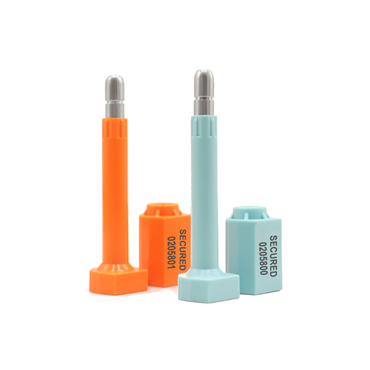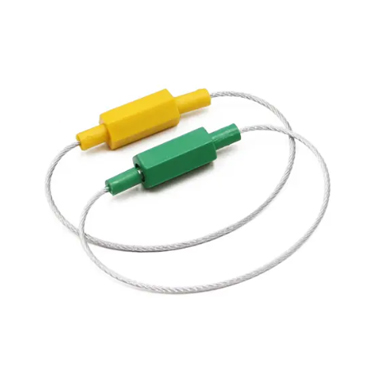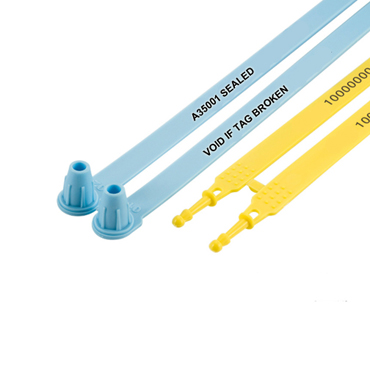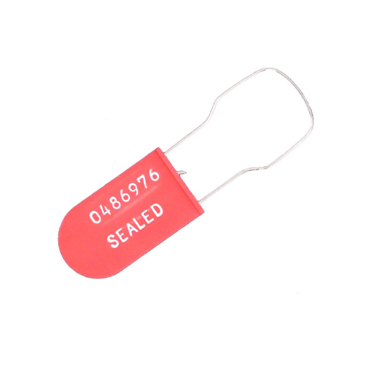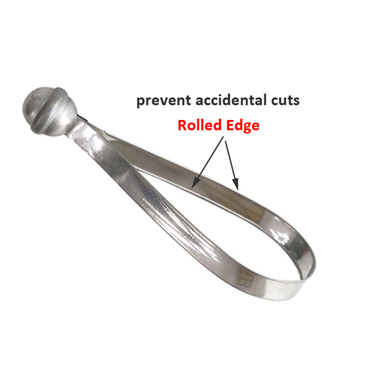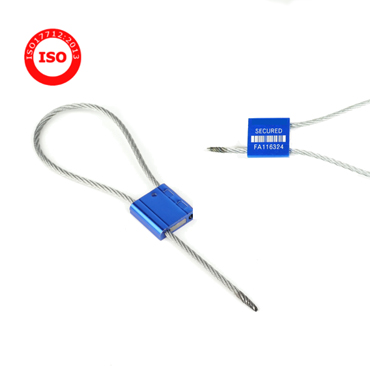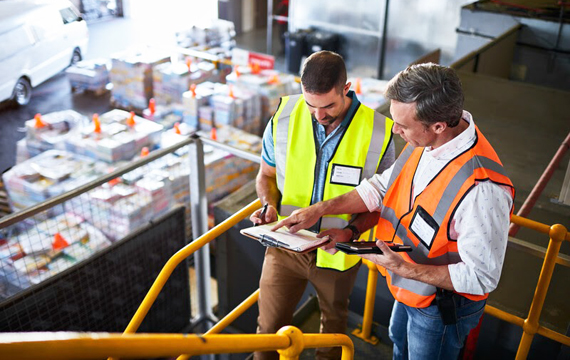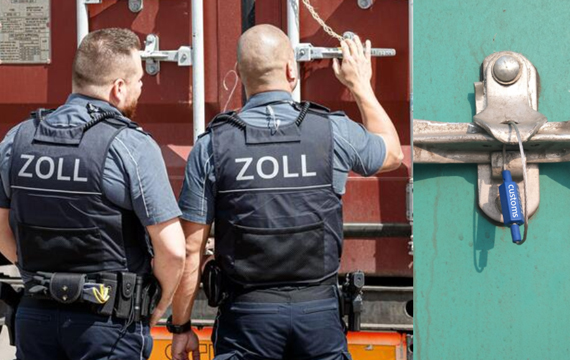Customs Security Seals For Container
Benefits of Security Seals for Customs:.
Customs authorities handle a lot of goods moving across borders. Their main concerns are security, preventing smuggling, ensuring compliance with regulations, and facilitating legitimate trade.
Tamper Evidence Seals with visible tamper indicators (e.g., broken security seals, unique serial numbers) allow customs to prioritize inspections for compromised shipments, reducing unnecessary checks on secure goods.
Key Features of Customs-Approved Seals
Unique Identification: Serial numbers, barcodes, or QR codes linked to customs databases.
Tamper Evidence: Visible damage if broken (e.g., fractured plastic, cut cables).
Durability: Resistant to weather, chemicals, and physical force.
Compliance: ISO 17712-certified (indicating mechanical strength and tamper resistance).

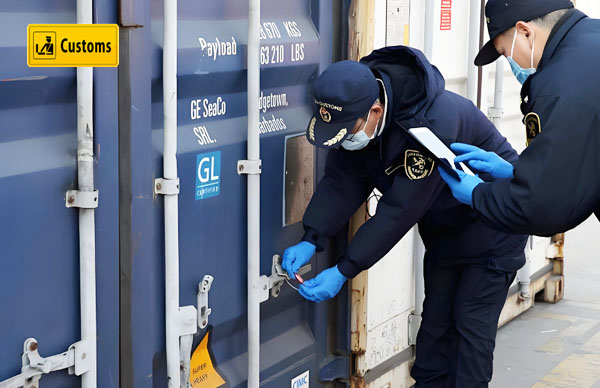
Guarantee Integrity: The original security seal is cut during inspection, so a new seal tag to ensures no tampering occurs post-clearance.
Chain of Custody: Links the inspection event to the security seal’s ID in customs records.
Regulatory Compliance: Many countries (e.g., U.S., EU) mandate resealing the container after inspections for cross-border shipments.
U.S. CBP: Requires ISO 17712-certified bolt seals for ocean containers.
EU Customs: Uses e-seals for transit shipments under the New Computerized Transit System (NCTS).
China Customs: Applies RFID security seals for expedited clearance in free trade zones.
Use ISO 17712-certified seals to avoid delays.
Ensure security seals are applied in the presence of customs officers.
Record security seal numbers in shipping documents (e.g., Bill of Lading).
Customs authorities use security seals balance security with trade efficiency, reducing smuggling risks while enabling faster clearance.
The ISO 17712 standard for mechanical seals : Bolt seals, cable seals, and barrier seals is widely recognized. Customs authorities using such standardized seals can trust their integrity, leading to quicker clearance.
Security seals contribute to efficiency by reducing physical inspections through tamper evidence, enabling real-time tracking, ensuring compliance with standards, integrating with digital systems for automation, and improving risk management through data analysis.




